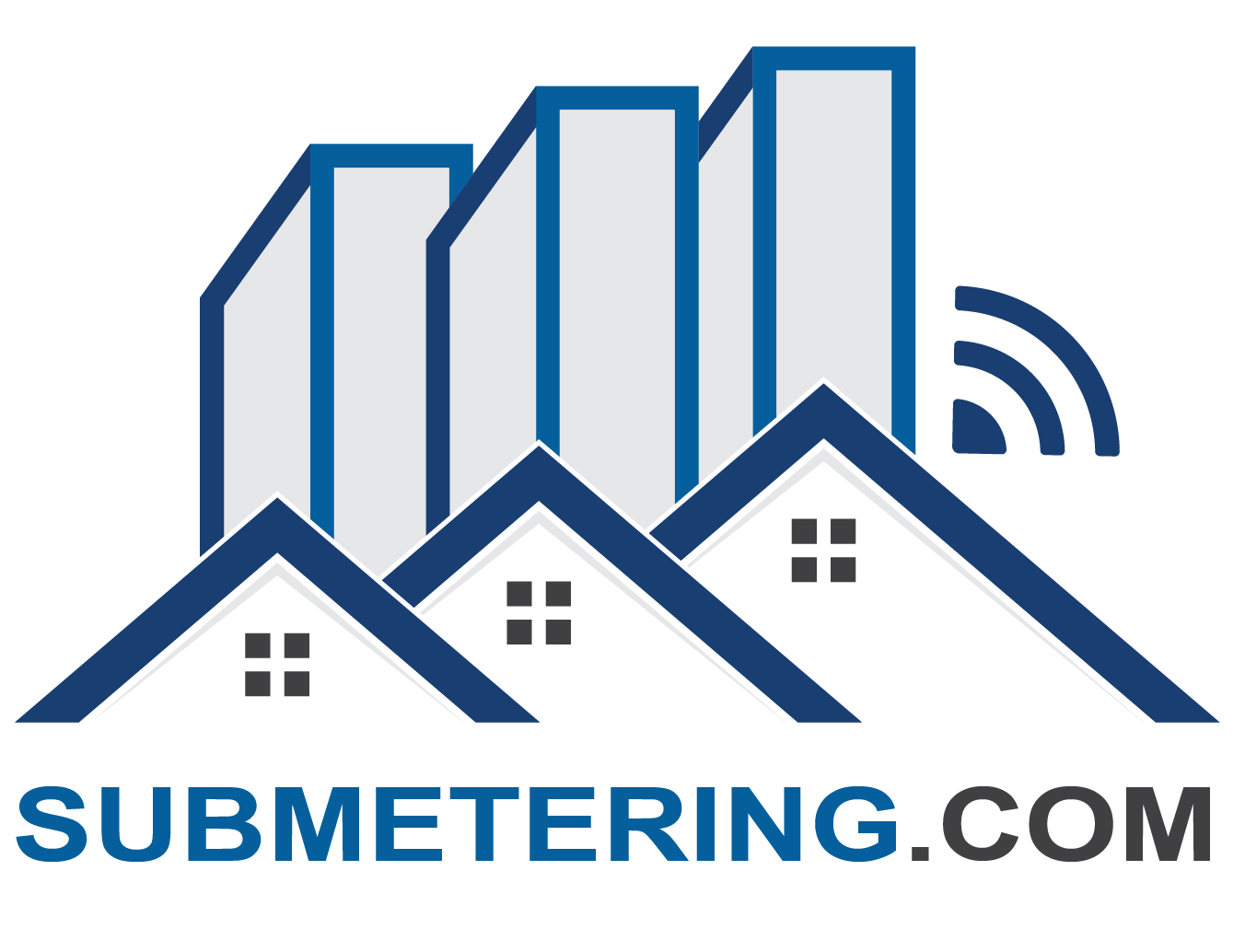
Glossary
Allocation: When meters are not available for cost or technical reasons, utilities can be billed based on an allocation model. The allocation model is a formula based on factors like number of faucets and/or residents for a water bill, or residents and square footage for electricity. The most common allocation model is called Ratio Utility Billing System (RUBS.)
Automatic Meter Reading (AMR): Automatic meter reading is technology that replaces the need to have a person visit the property to read the meters. This technology collects the usage in near real-time and transmits it to a data collector that the billing company can access online to calculate the individual invoices for the residents and for creating reporting.
Convergent billing: Convergent billing means to issue one bill per resident that includes all rent, utilities, amenity fees, and other recurring fees. Convergent bills are convenient for owners and residents alike.
Capitalization rate (Cap rate): The ratio between the net operating income (NOI) produced by an asset (usually real estate) and its capital cost (the original price paid to buy the asset) or alternatively its current market value. The formula is: Annual Net Operating Income / Cost = Capitalization Rate. Billing residents for utilities is desirable because it increases NOI and thus Cap Rate, making a property more valuable when it is up for sale or refinance.
Common Area Deduction (CAD): In an allocated billing model, like RUBS, it can be common to deduct some common area usage from the master bills before allocating the remainder to residents. For example, most owners will subtract the utilities consumed in the leasing office and/or some other common area expenses.
Data Collector and Concentrator (DCC) or Remote Data Logger (RDL): When utility meters are read automatically, the DCC or RDL is where that data is stored to be retrieved by the billing provider in order to create the resident invoices. These devices are connected either by wire or wirelessly to the internet and can be access remotely.
Energy conservation: The practice of decreasing the quantity of energy used. It may be achieved through efficient energy use, in which case energy use is decreased while achieving a similar outcome, or by reduced consumption of energy services.
Individually-metered: Another term for submetered. Properties that are individually-metered have submeters attached to each residence (water, electric, gas, or heat) to measure usage data and for billing.
Master-metered: A “master meter”, usually owned by the local utility company providing water, electricity, or gas, measures consumption for a building(s) that serves multiple individual residential units.
Multifamily: Multifamily residential (also known as Multi-dwelling Unit or MDU) is a classification of housing where multiple separate living units are contained within a larger building. The most common forms are apartments, condominiums, mobile home parks, and marinas.
Ratio Utility Billing System (RUBS): RUBS programs are used to allocate costs to residents when submetering is not practical or not possible. A RUBS program allocates utility costs by factors that can include square footage, number of occupants, faucets, or some other combination of cost ratios relevant to the utility being allocated.
Repeater: An electronic device used to strengthen a wireless data signal so that it can reach the data collection device.
Submetering: Submetering involves installing a utility meter for each residence unit that can be read manually or remotely via a wireless network and a data collection system. Other spellings include sub-metering or sub metering. Submeters can be used for water, electricity, gas, or heat.
Transmitter: An electronic device used to send wireless meter data to a data collector.

+ There are no comments
Add yours